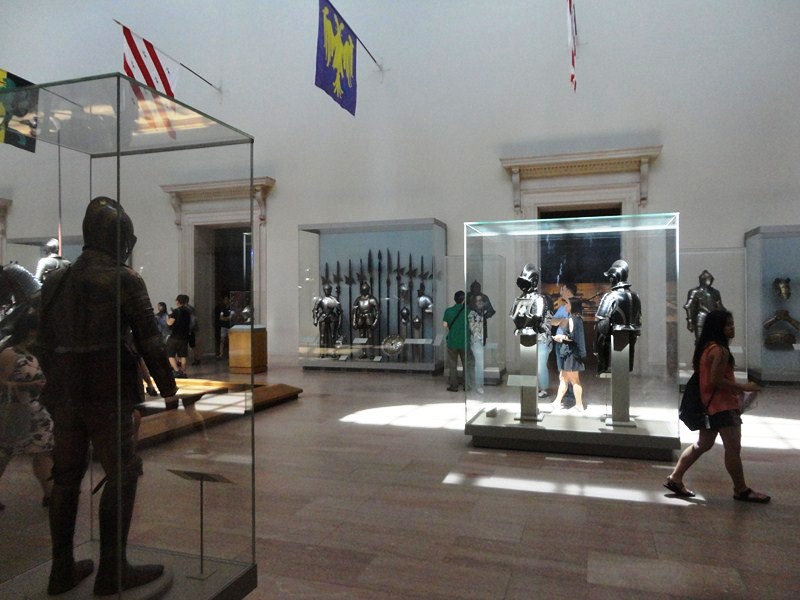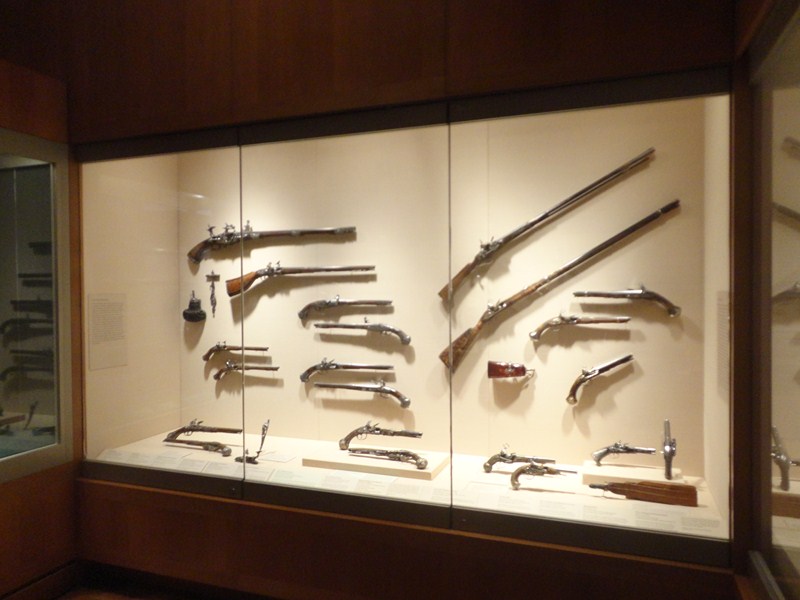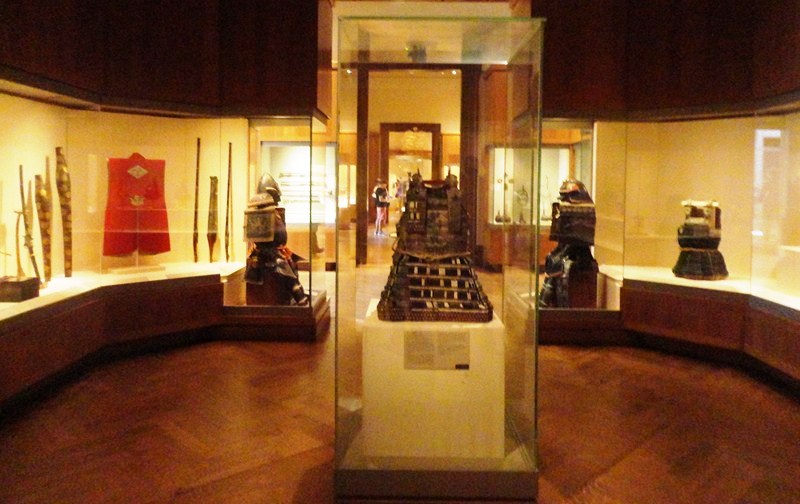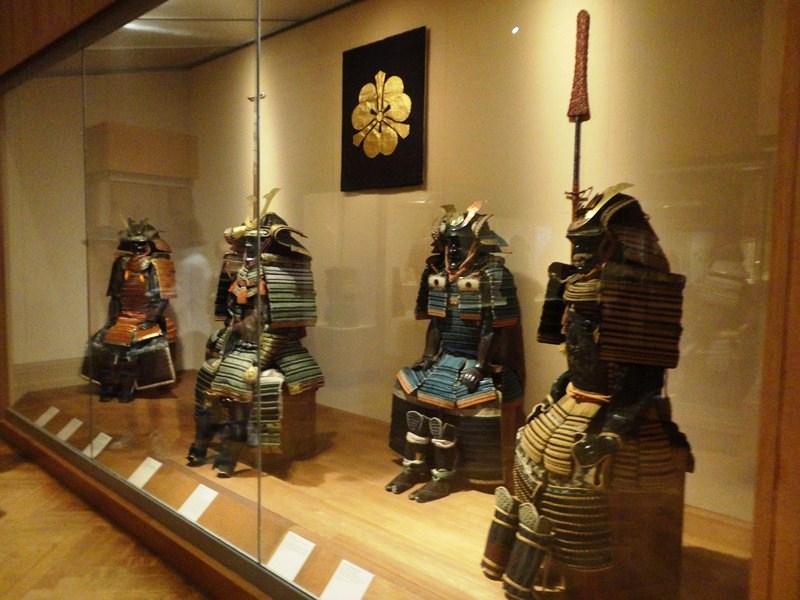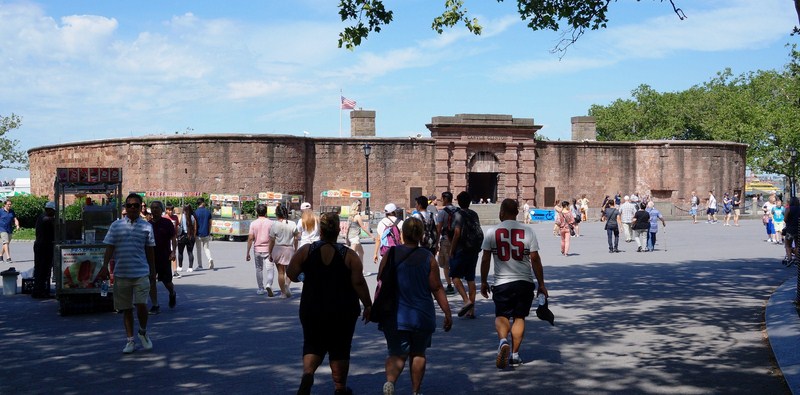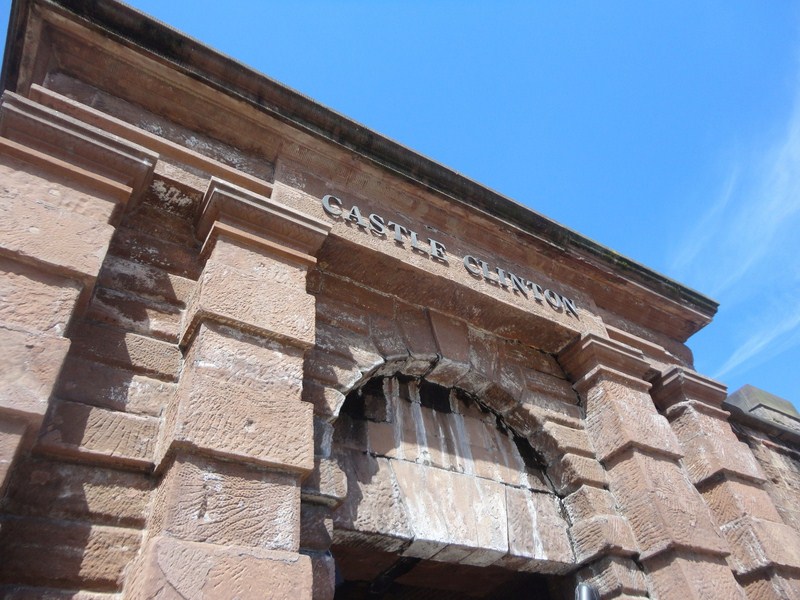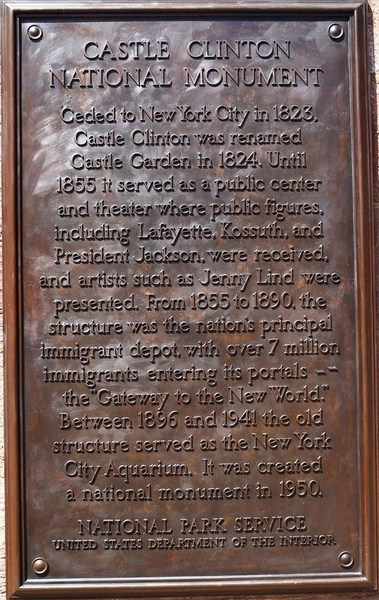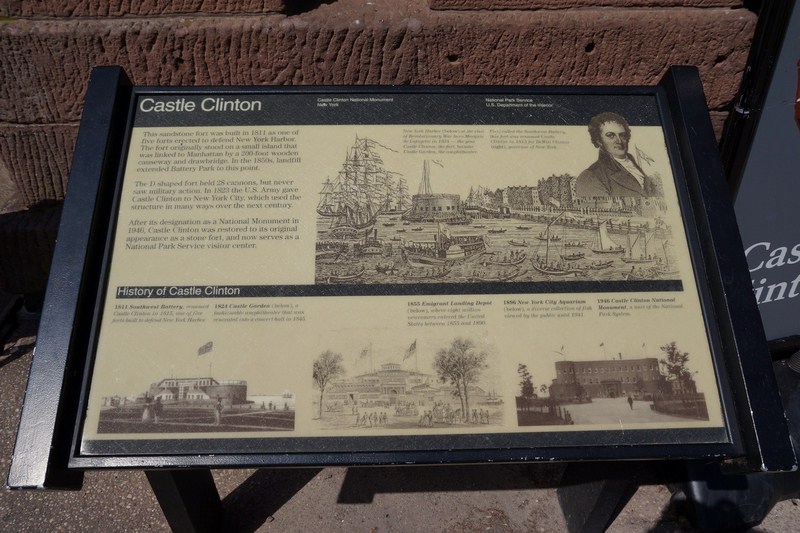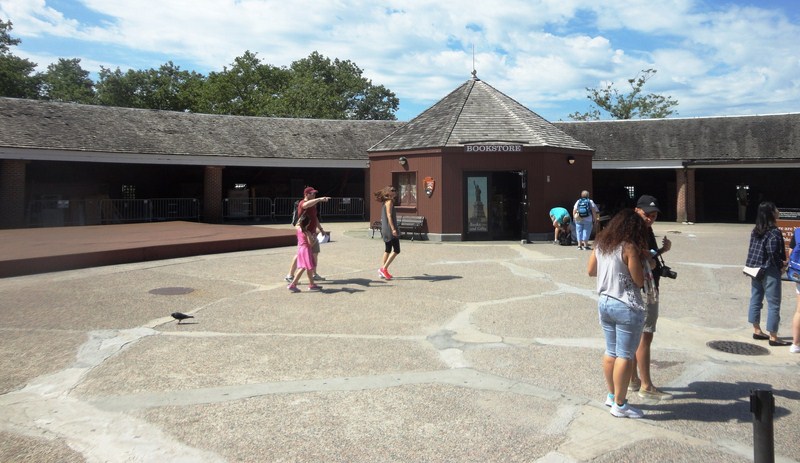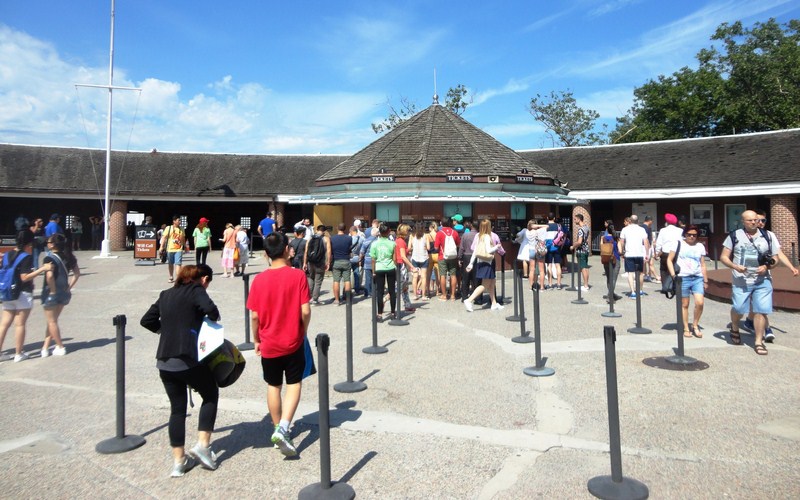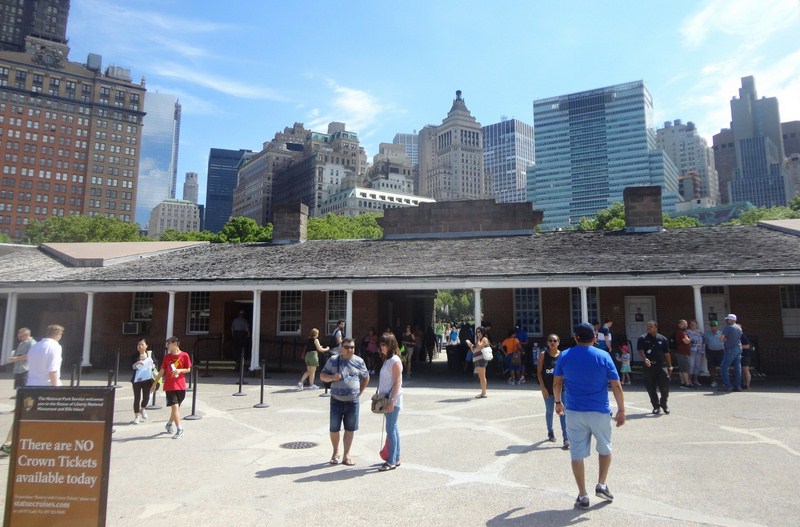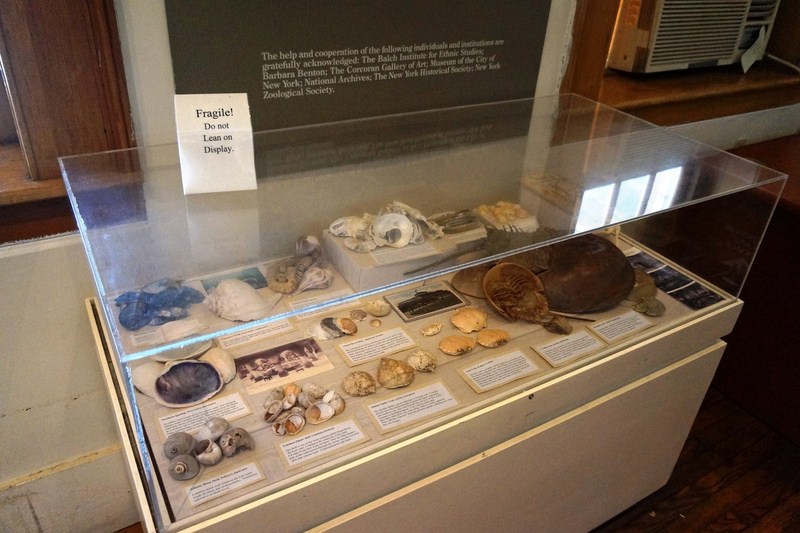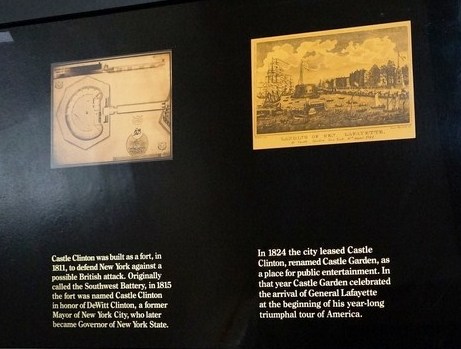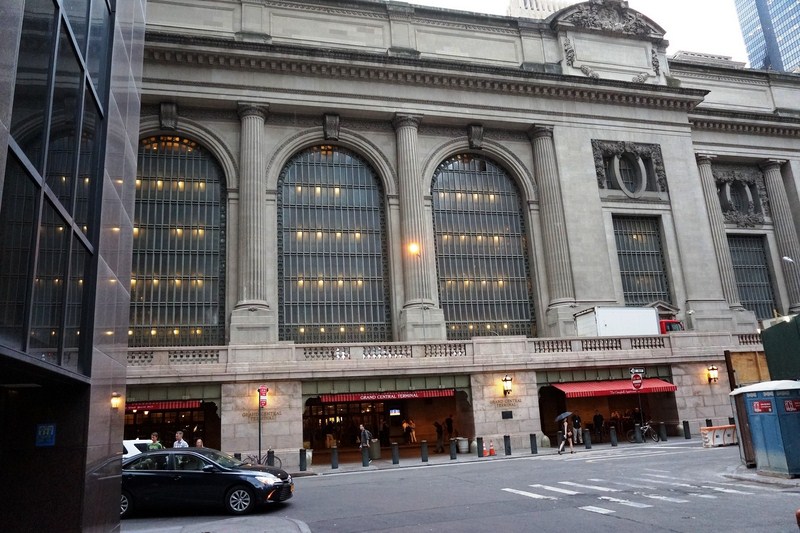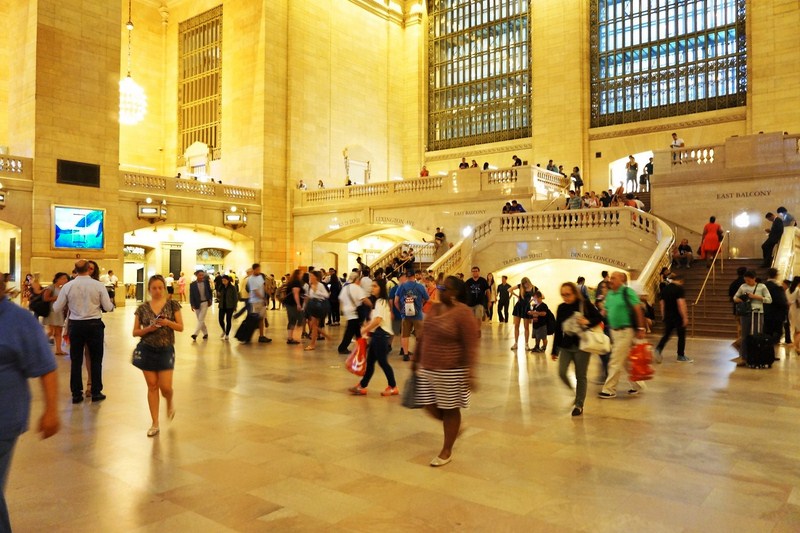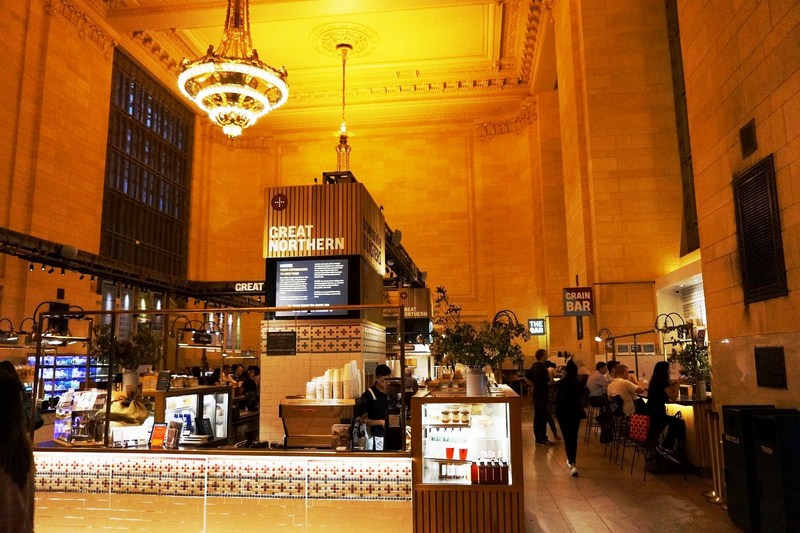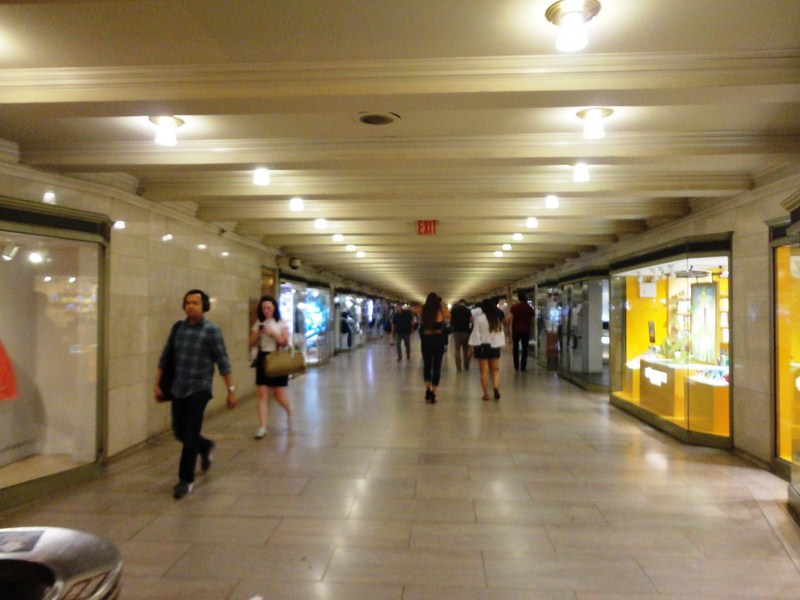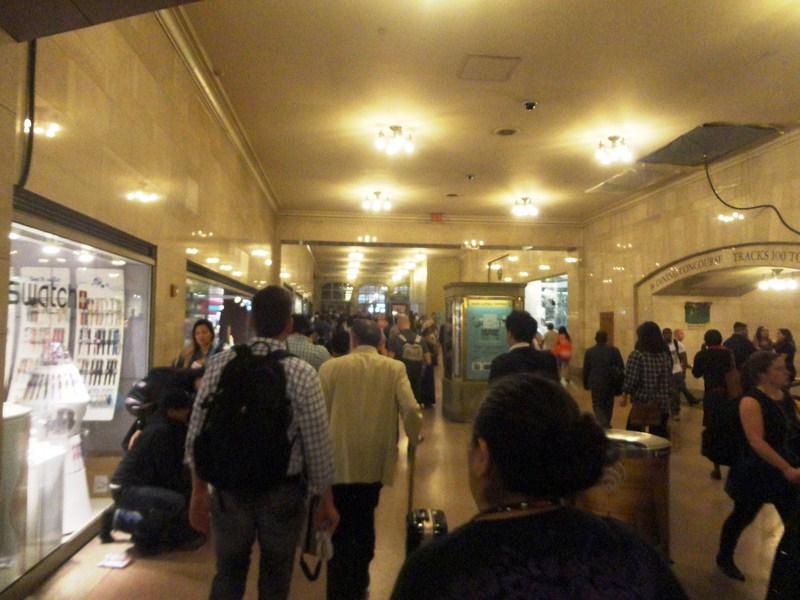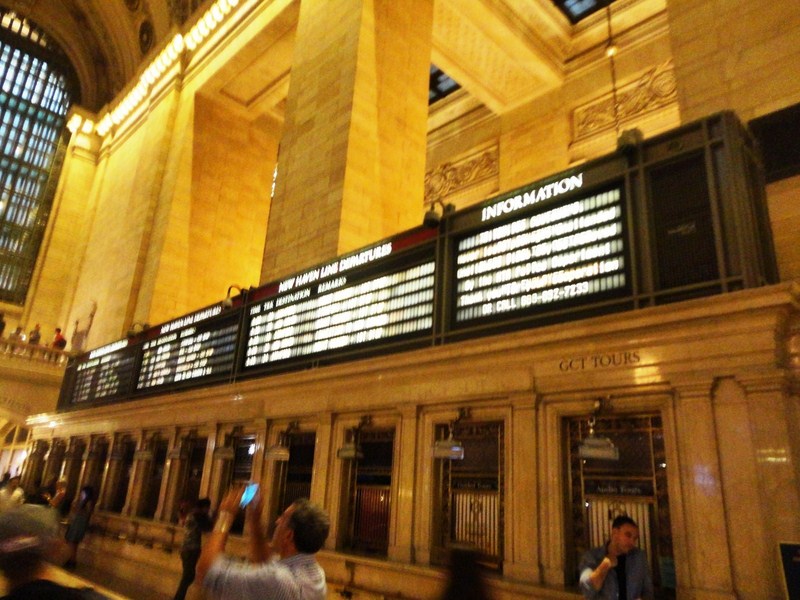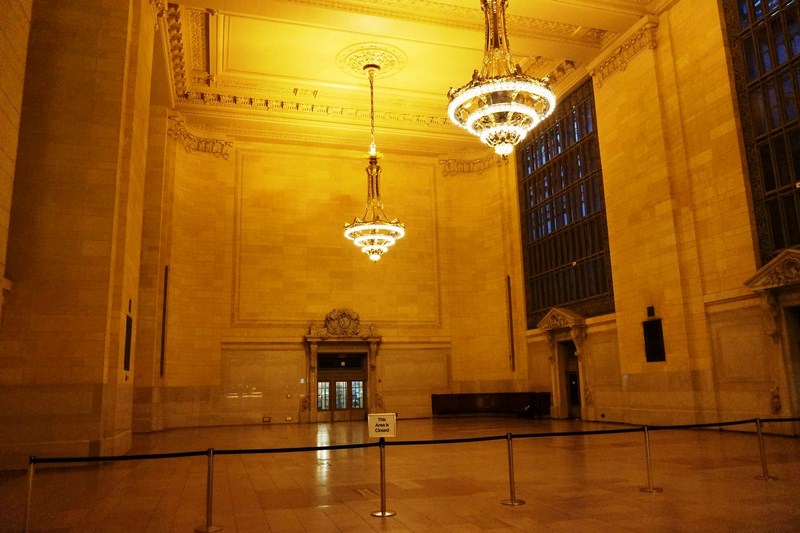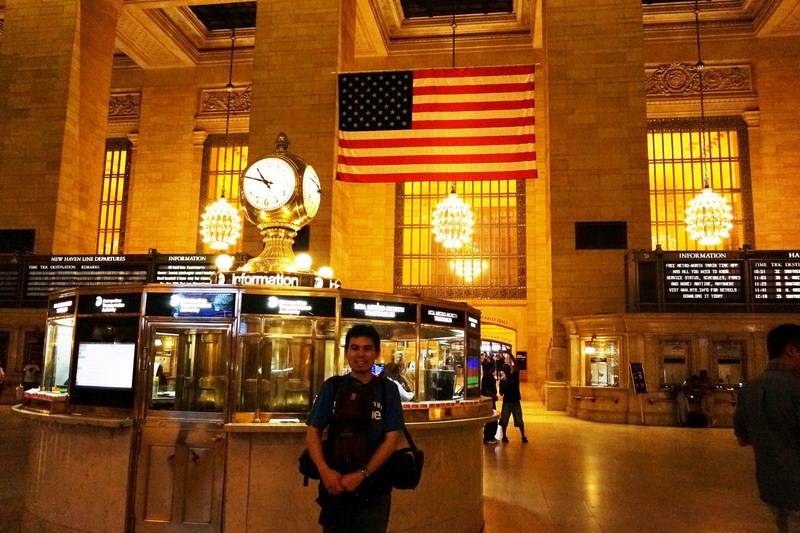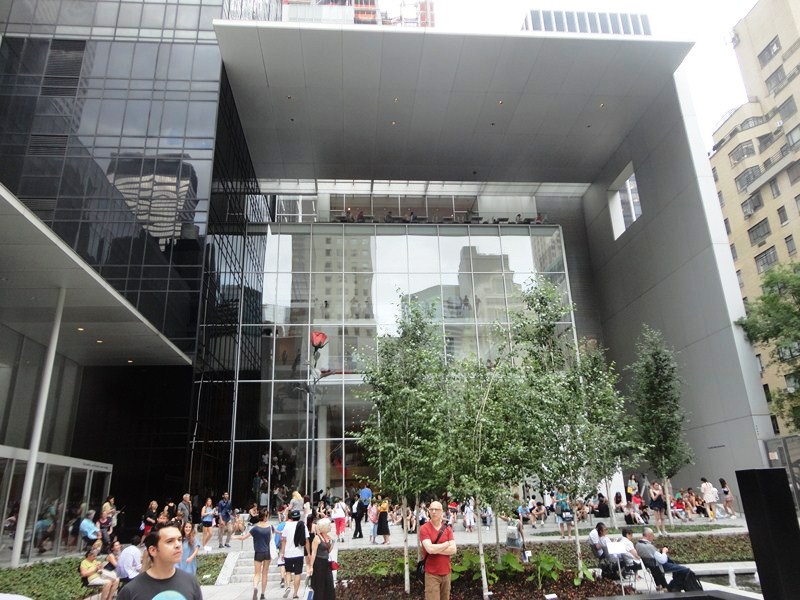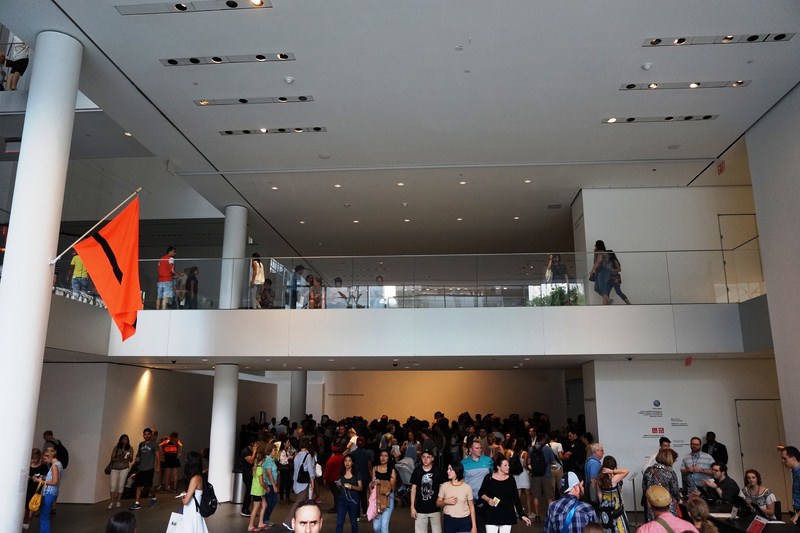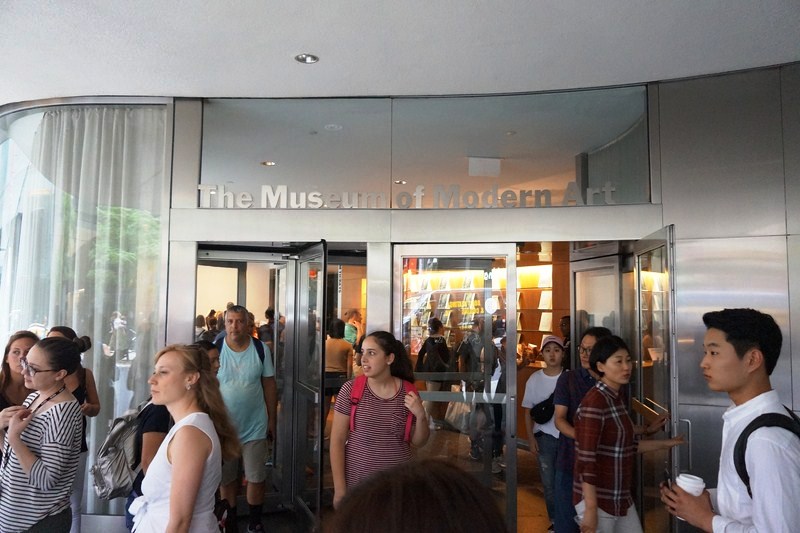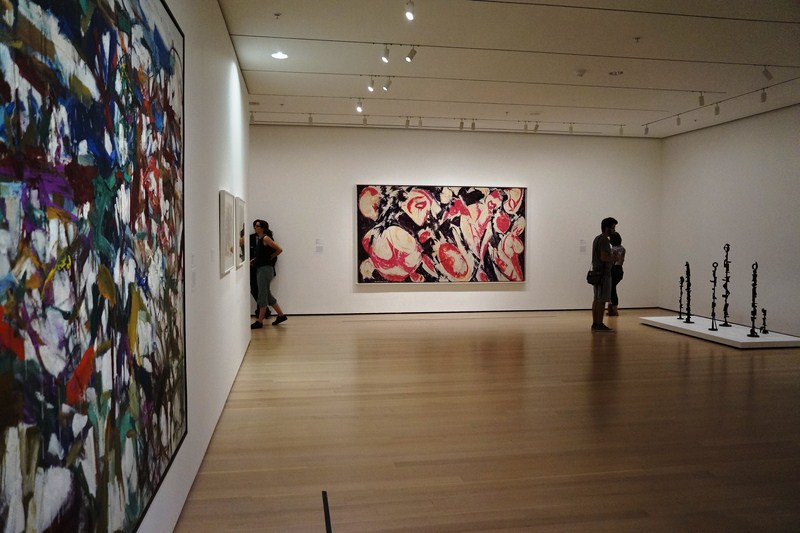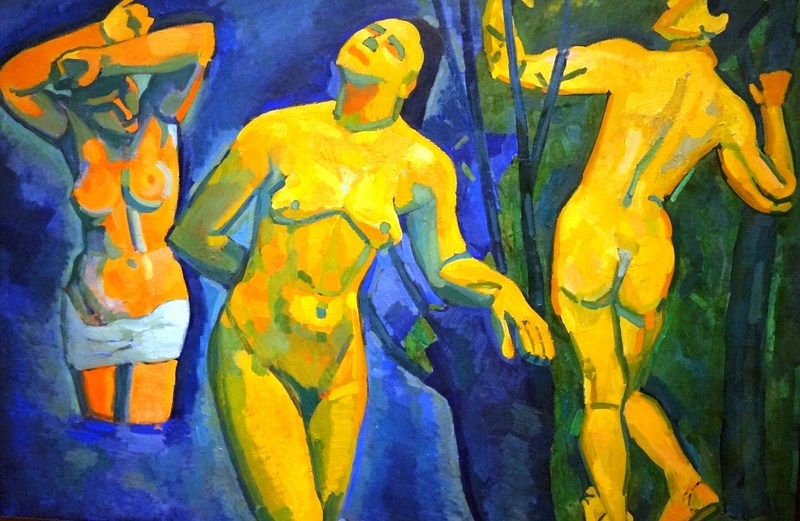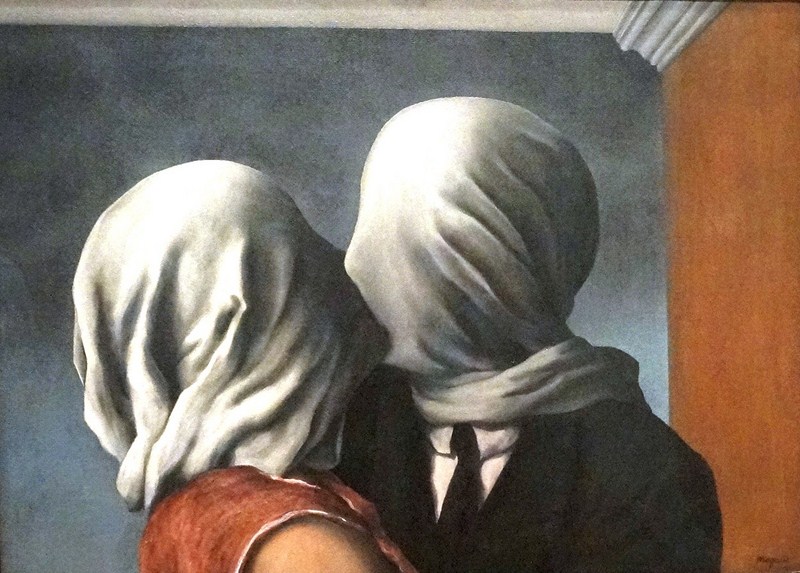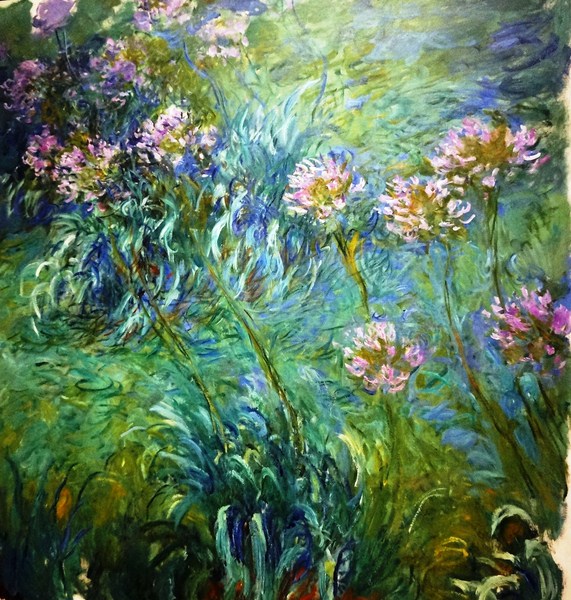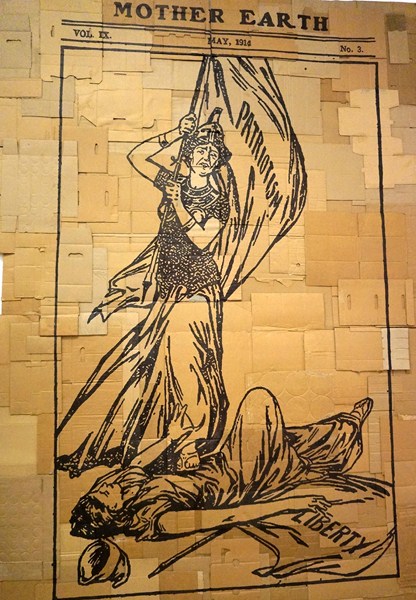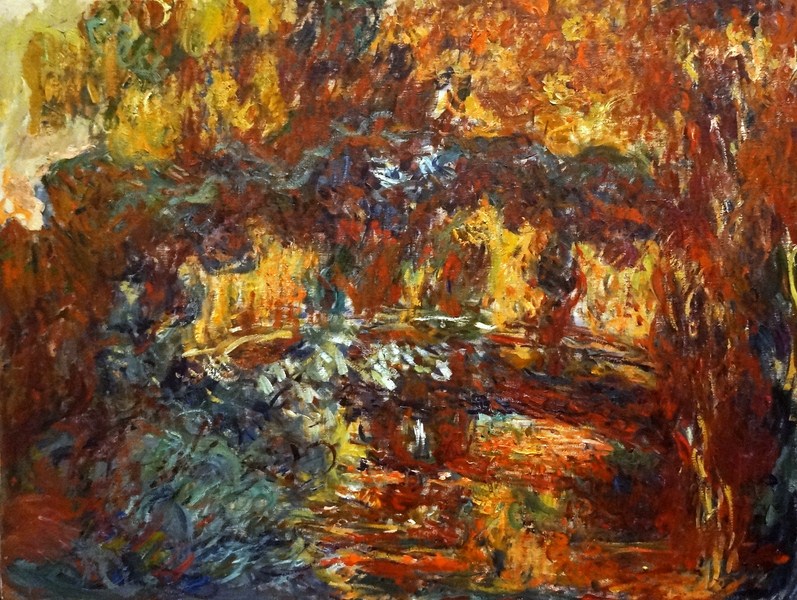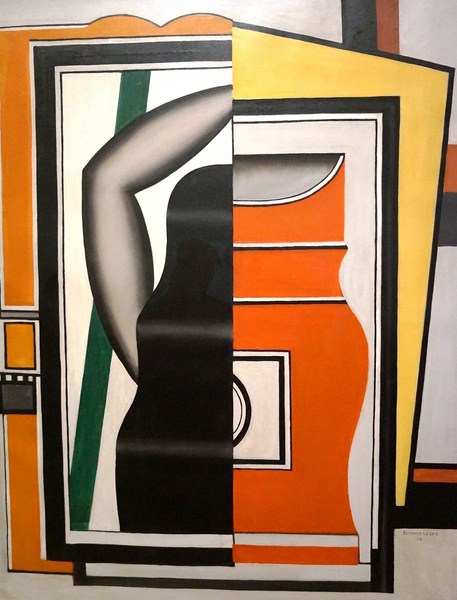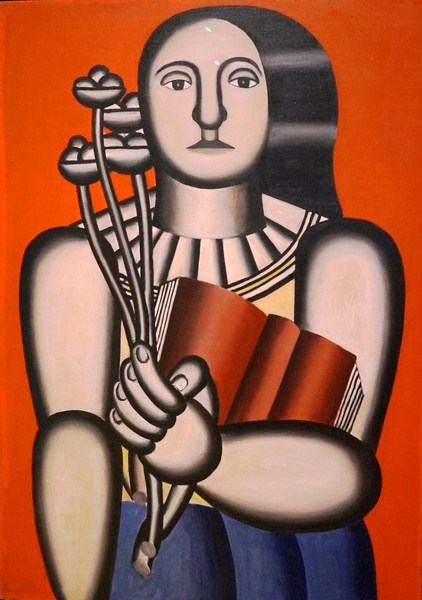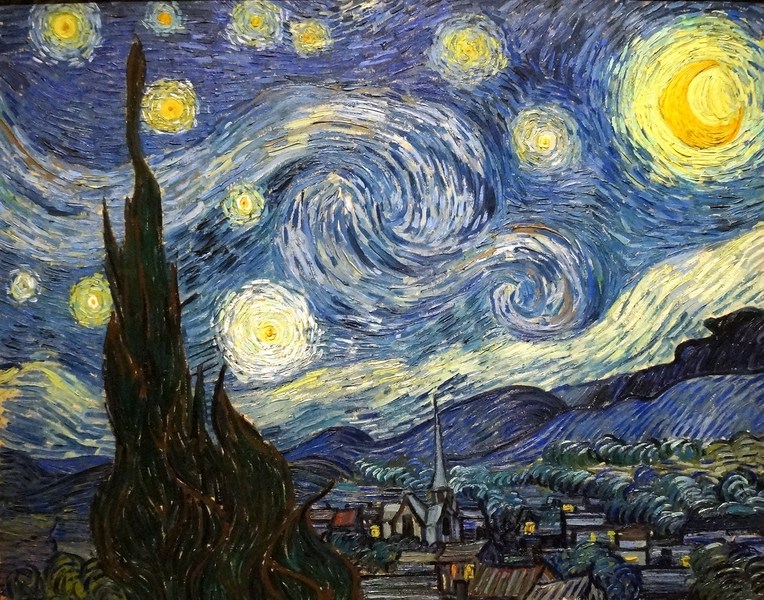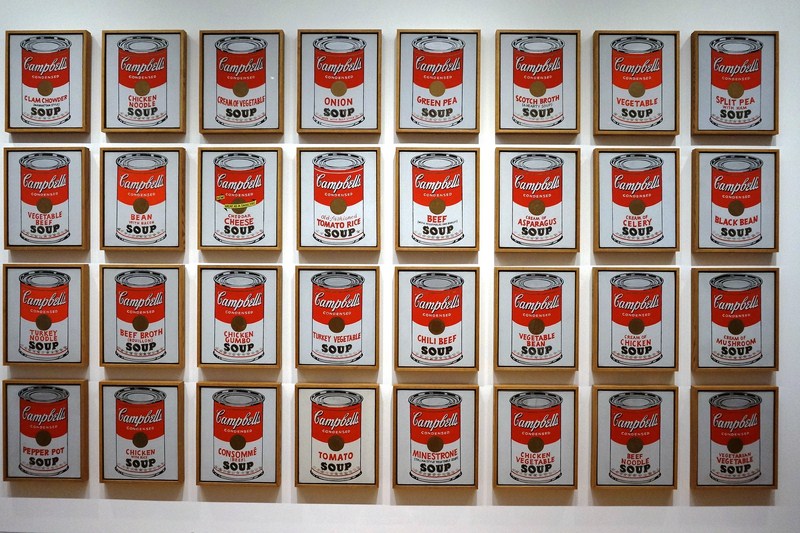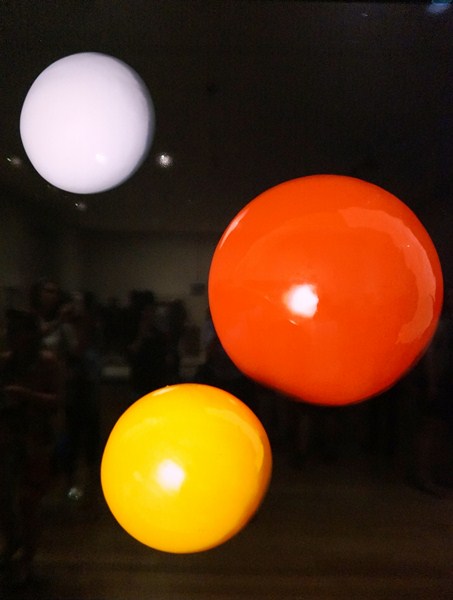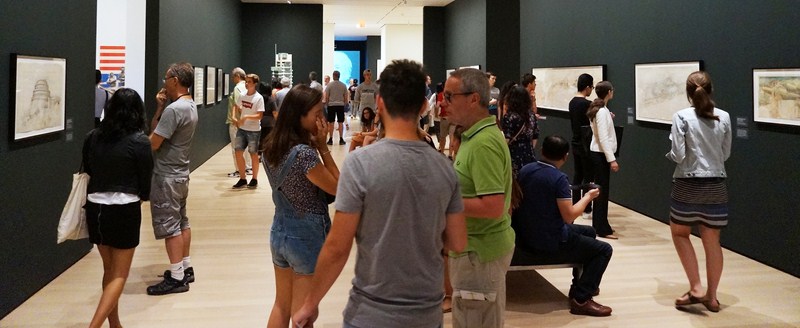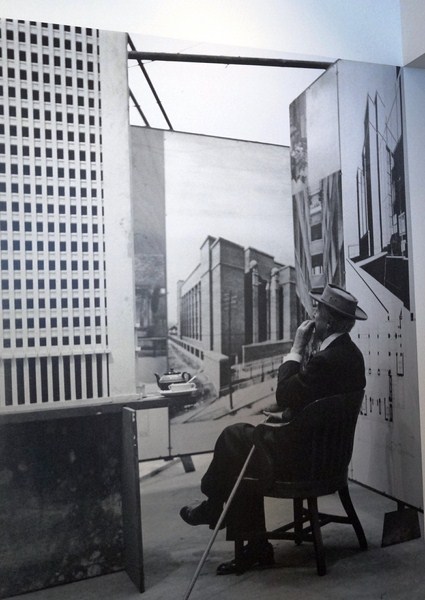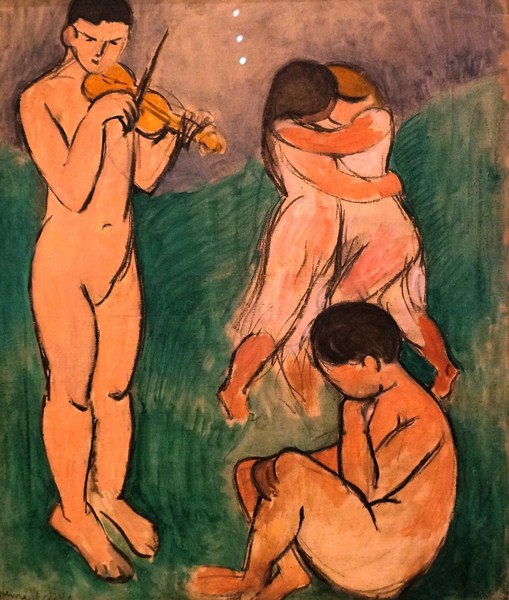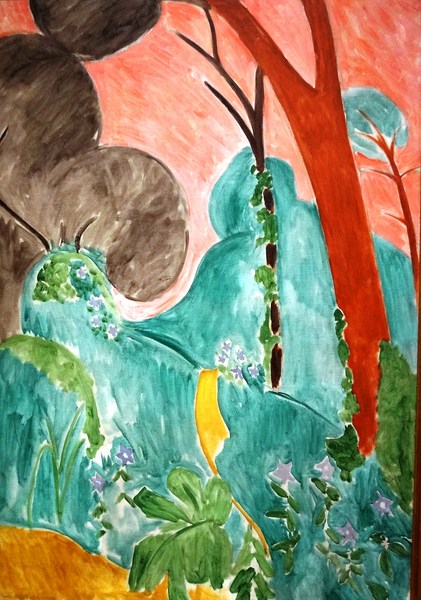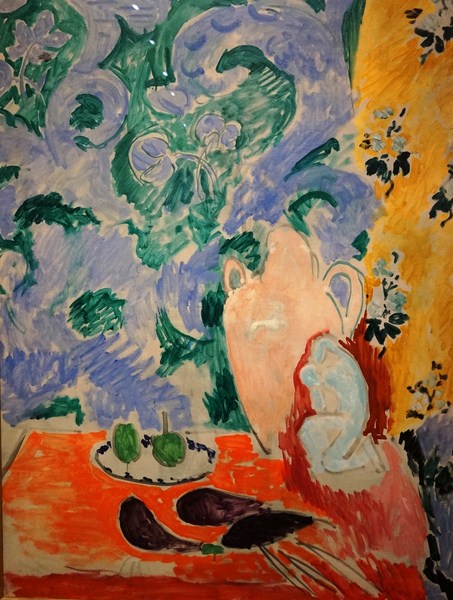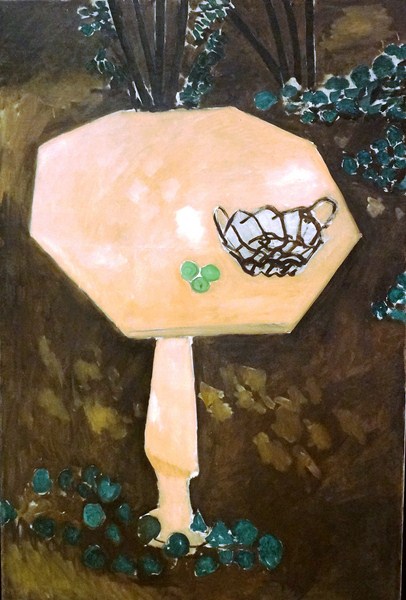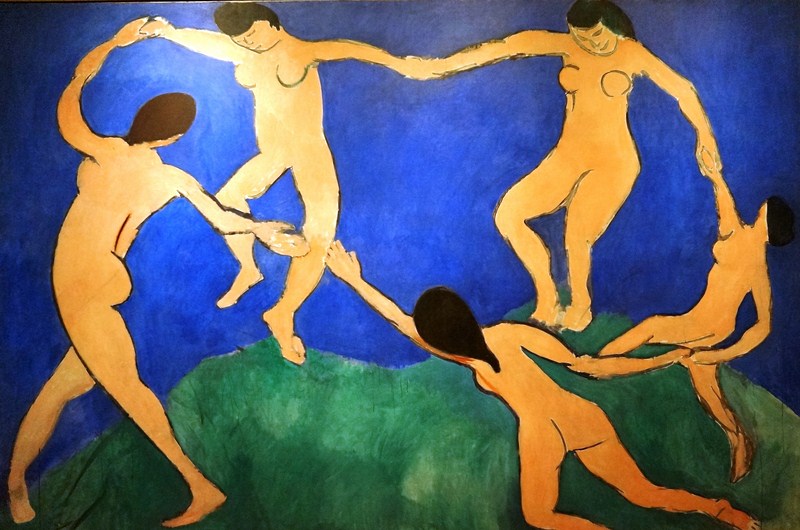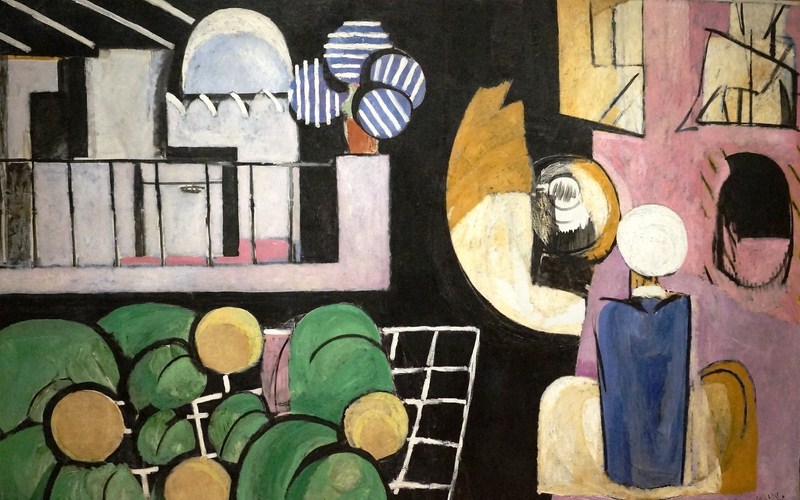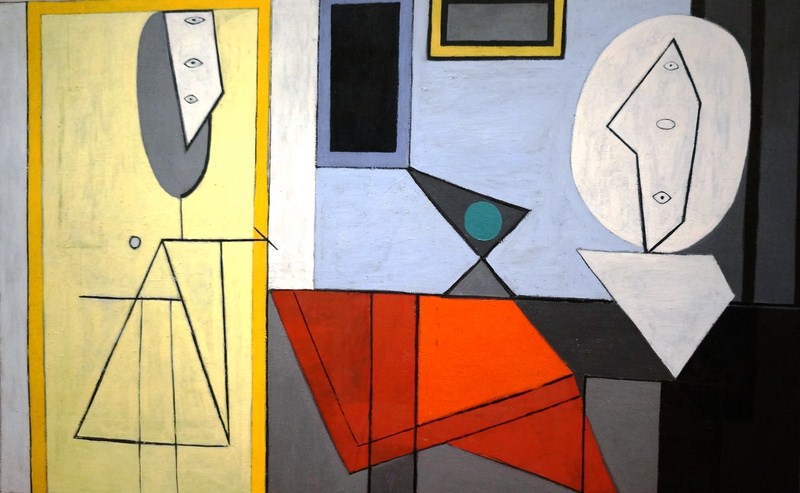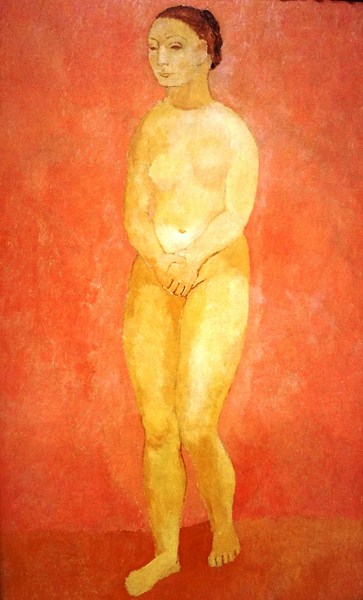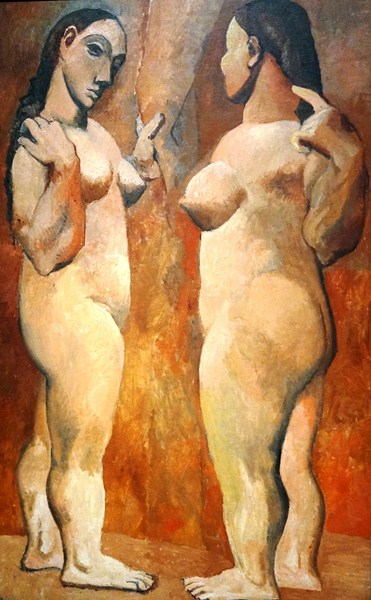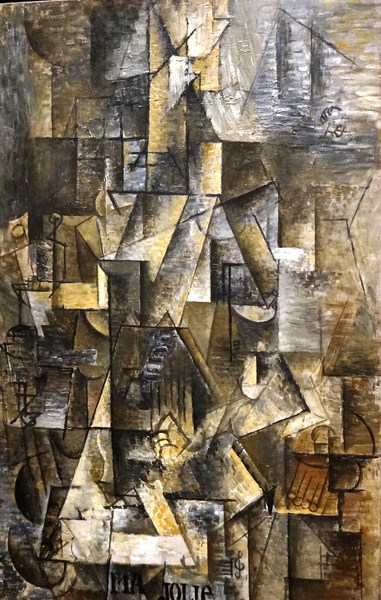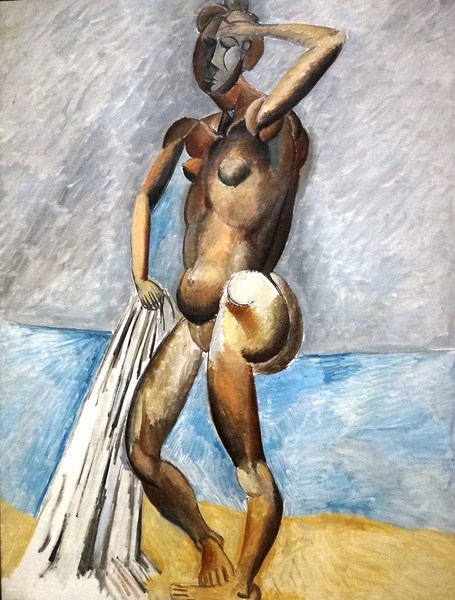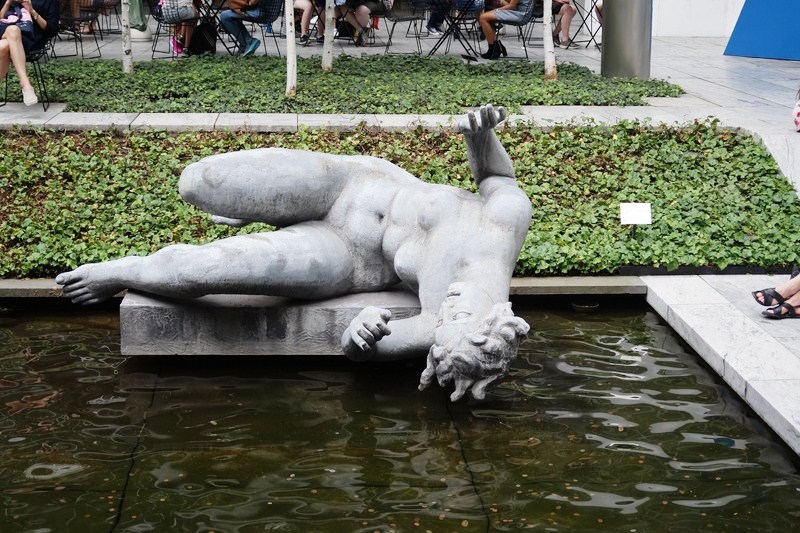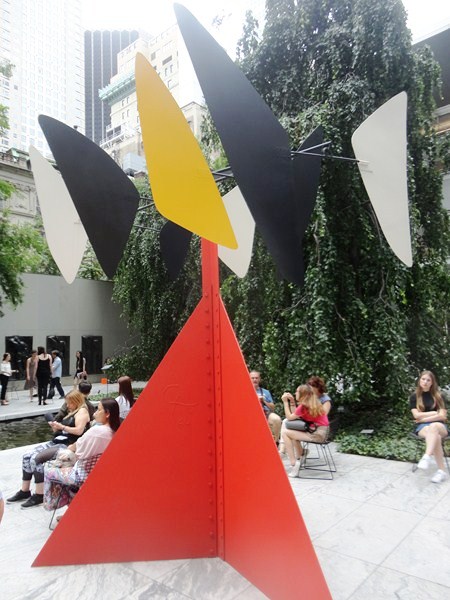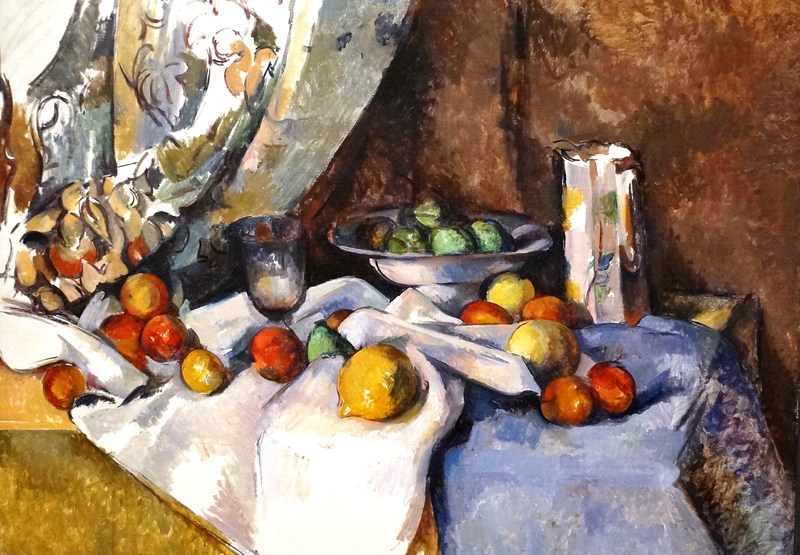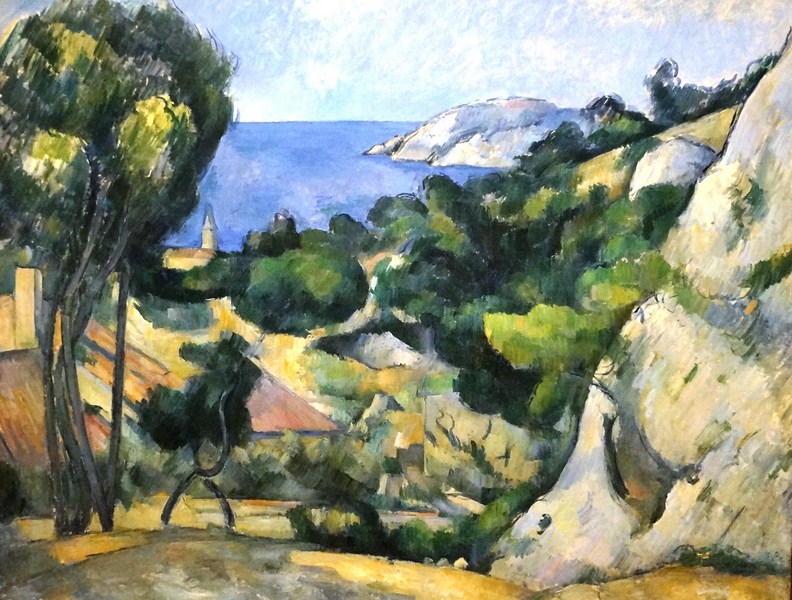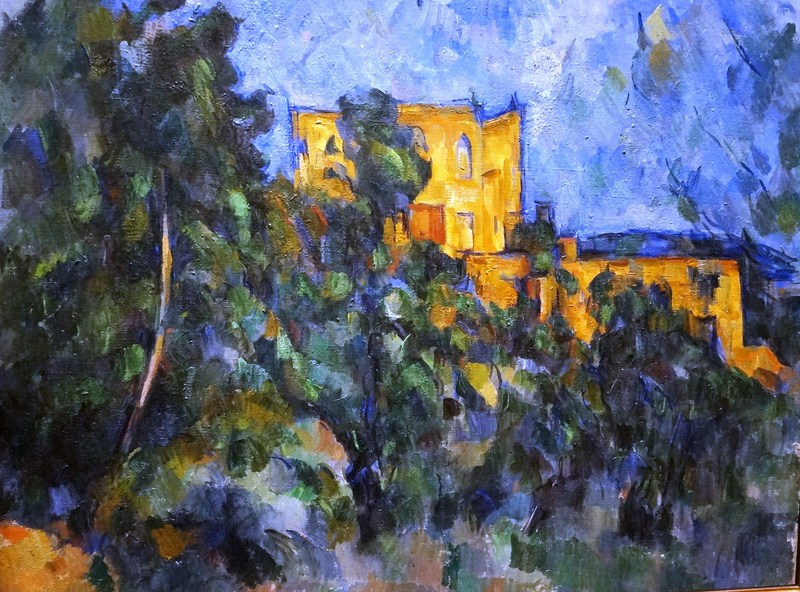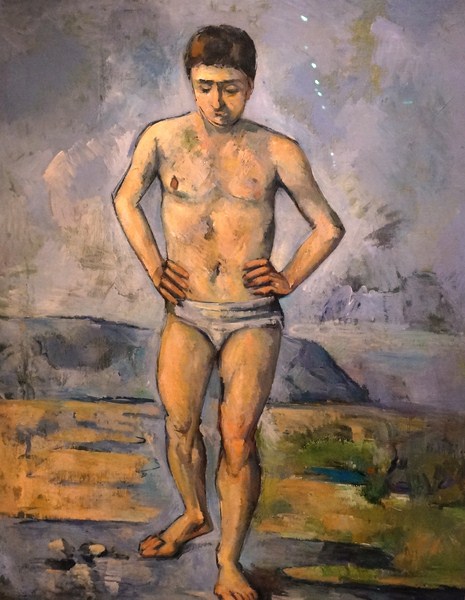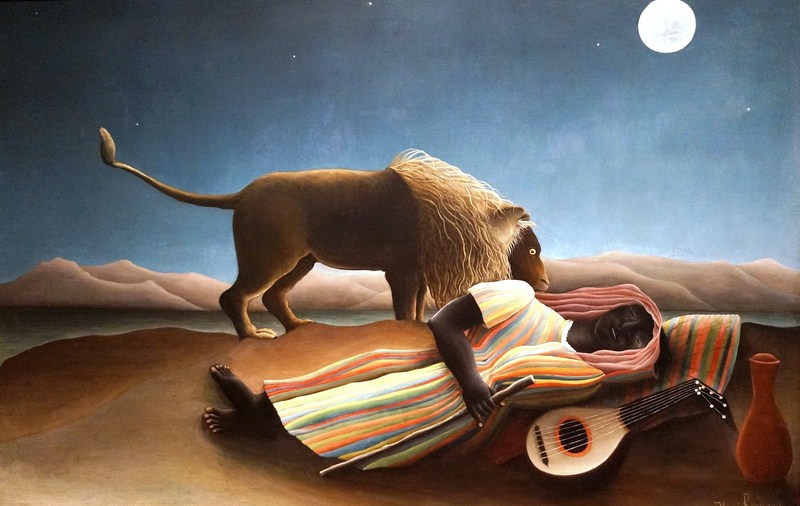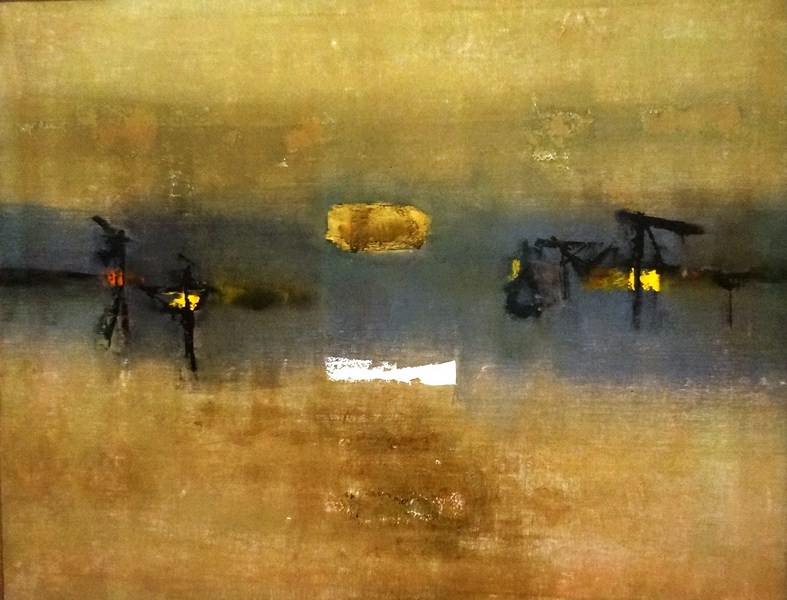The Department of Arms and Armor, one of the Met’s most popular collections, was organized in 1975 with the help of the Russian immigrant and arms and armors’ scholar, Leonid Tarassuk (1925–90). This department focuses on “outstanding craftsmanship and decoration,” including pieces intended solely for display.
The 14,000 objects in the collection, spanning more geographic regions than almost any other department, consists of late medieval European pieces; Japanese pieces from the 5th through the 19th centuries; weapons and armor from dynastic Egypt, ancient Greece, the Roman Empire, the ancient Near East, Americas, Africa and Oceania; and American firearms (especially Colt firearms) from the 19th and 20th centuries.
The first thing you would notice, upon entering this department, is one of the most recognizable images of the museum – the Emma and Georgina Bloomberg Arms and Armor Court (European Armor for Field and Tournament).
The most extensive selection in the United States of rare and finely made sixteenth- and seventeenth-century European armor for men and horses, created for kings and noblemen to use on the battlefield and in tournaments, it features a distinctive “parade” of installed figures on horseback, dressed in elaborately decorated Greenwich armors, from the English Royal workshops founded by King Henry VIII of England, as well as one of Henry’s personal armors, made in Italy and worn by the king in his last campaign against the French at Calais in 1544. Other pieces made for and used by kings and princes includes armor belonging to Ferdinand I of Germany.
The Bashford Dean Gallery (European Arms and Armor, Late Medieval to Renaissance), spanning the development of the art of the armorer from the fourteenth century through the early sixteenth century in Italy, Germany, and other parts of Europe, displays rare and distinctive examples of early field and tournament armor, swords, shields and crossbows.
The Ronald S. Lauder Gallery (European Ceremonial Armor), with works exemplifying artistic styles from the High Renaissance through Mannerism in exuberant etching, embossing, and gold and silver ornament, focuses on lavishly decorated ceremonial armor, shields, and weapons of the sixteenth century from Germany, Italy, and France. Highlights include an ornate armor made for King Henry II of France (embodying the king both as a warrior and a patron of the arts) and a helmet superbly sculpted, in the antique style, by Filippo Negroli.
The Russell B. Aitken Gallery of Firearms (European Hunting and Sporting Weapons), devoted to hunting and sporting weapons as intricate and evocative works of art, highlights the art of the gun maker from the Renaissance, Baroque, Rococo, and Neo-Classical periods. It features richly decorated European firearms, crossbows and accessories from the sixteenth to the nineteenth century including weapons that belonged to Emperor Charles V and King Louis XIII of France.
The Russell B. Aitken Gallery of European Edged Weapons (European Swords), offering an unparalleled display of finely decorated European swords dating from the sixteenth through the nineteenth century, includes rapiers, hunting weapons, ceremonial swords and presentation swords made of delicate and precious materials. It also features the last royal armor made in Europe, created in 1712 for Luis, prince of Asturias, the five-year-old heir to the Spanish throne.
The Robert M. Lee Gallery (American Swords and Firearms), representing outstanding examples of American silver- and goldsmiths’ work, products of the Industrial Revolution, and American folk art, features American swords and firearms from the Colonial Period through the late nineteenth century. They include silver-hilted swords from the time of the American Revolution; an extensive series of Colt revolvers; firearms lavishly decorated by Tiffany & Company; Kentucky rifles; and engraved Colonial-era powder horns.
The Arms and Armor of Islamic Cultures, representing a wide spectrum of Islamic cultures from India, the Middle East, Turkey, and the Caucasus from the fourteenth to the nineteenth century, features rare and beautifully decorated armor and weapons.
The Samurai Swords and Daggers Gallery, showing masterpieces in steel, lacquer, and gold that represent some of the highest achievements of the arts of the Samurai, features a changing selection of Japanese sword and dagger blades; mountings; and fittings from the fourteenth to the nineteenth centuries.
The Japanese Arms and Armor Gallery includes the finest display, outside of Japan, of Samurai armor, edged weapons, equestrian equipment, and accessories from the Kofun Period in the fifth century to the end of the Edo Period in the late nineteenth century. Its centerpiece is the armor of Ashikaga Takauji, Shogun of Japan in the early fourteenth century.
The Arms and Armor from the Stone Age to the Iron Age explores the function, technology, circulation and meanings of arms (to hunt animals, to defend their lives and goods, and to fight enemies), from the Stone Age through the Iron Age, and the particular significance of these tools during their working lives and beyond.
Metropolitan Museum of Art: 1000 5th Ave, New York, NY 10028, USA. Tel: (212) 535-7710 and (212) 570-3951. Fax: (212) 472-2764. E-mail: communications@metmuseum.org. Website: www.metmuseum.org. Open 10 AM – 9 PM. Admission: US$25/adult, children below 12 years old is free.


